8 questions we've always had about BioShock
The seaweed is always greener in somebody else's lake
A city in the sea

With BioShock Infinite so dang close we can taste it, we've been thinking a lot about the series lately. More specifically, we've been reflecting a bit on our underwater exploits in the previous two games. While we reminisced of marvelous masquerades, unrestrained capitalism, and the rise of SCIENCE, a few questions popped into our brains that just won't go away. For the most part, BioShock covers its tracks pretty well by wrapping things up quite nicely--but there are still a few things we've always wondered. Things like...
How do plasmids work?
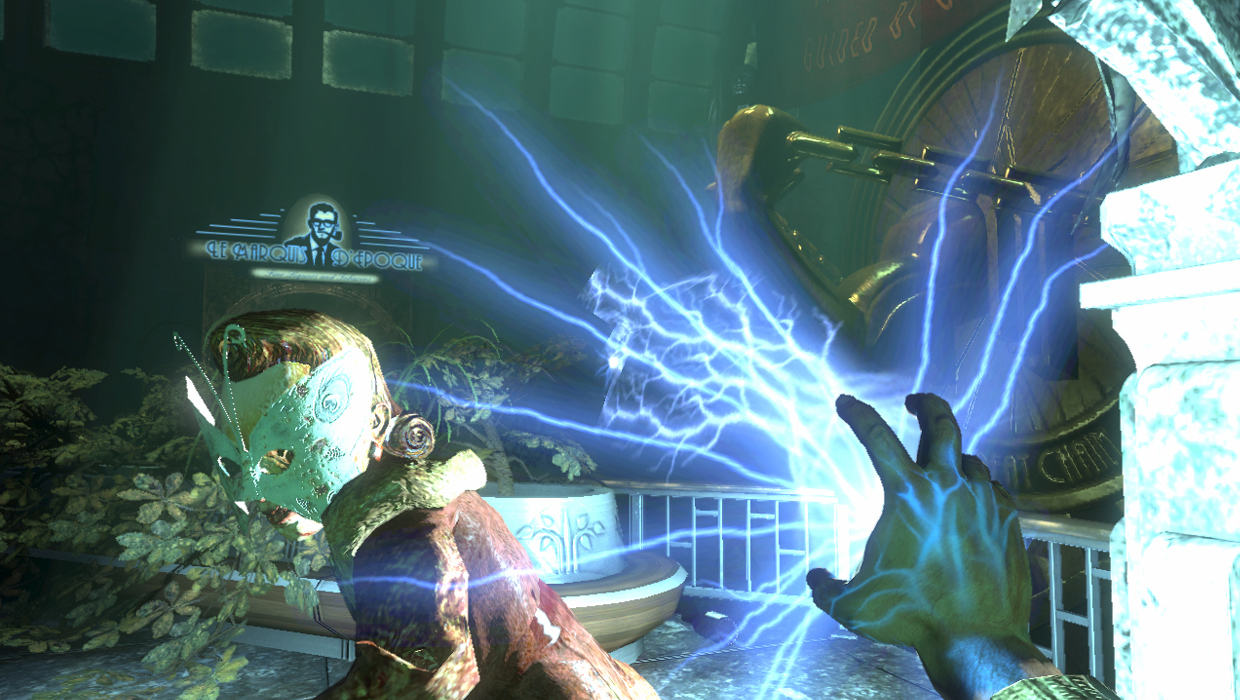
Like, we get that the ADAM extracted from sea slugs thrusts bizarro cells into one's body when injected--but really, how the hell does that translate into superpowers? One of the reasons the medical community is all about stem cell research is because those particular types of cells can divide into specialized ones, which means they can effectively be used to replace damaged / lost cells of a particular type. That might be useful for curing diseases, but turning a normal person's hands into flamethrowers seems a bit unrealistic.
Why does the Insect Swarm plasmid exist?
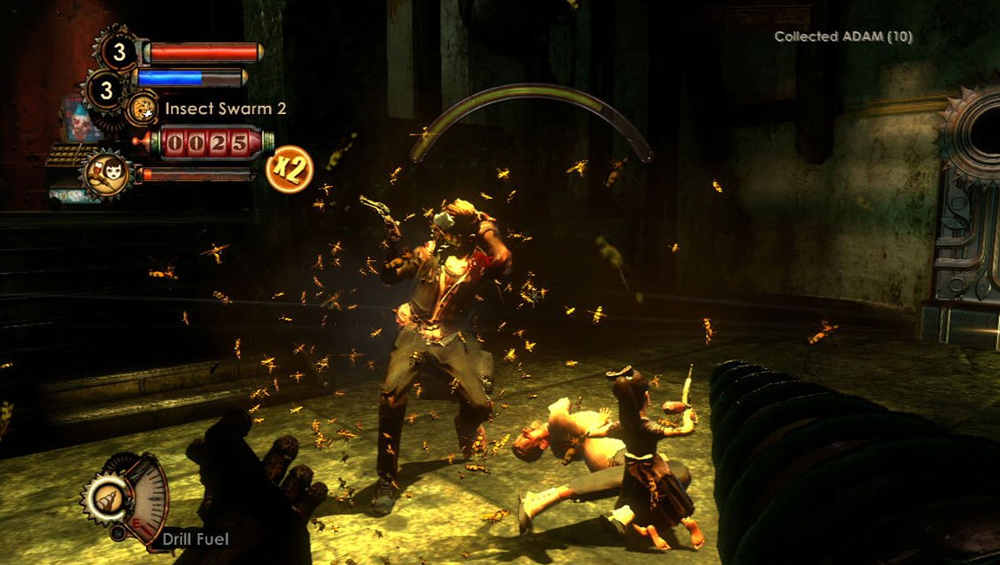
We can dream up real applications for just about every plasmid that had been created. Incinerate, for example, makes lighters obsolete, while Winter Blast is an excellent way to make a lukewarm drink ice cold. But there's one we just can't wrap our heads around: Insect Swarm. Now, you can sit there and try to convince us that mind controlling bees is how Rapture gets its honey supply, but to that we say: poppycock. There is seriously no use for Insect Swarm outside of launching a barrage of pissed of bees into the face of all those jerks that won't laugh at your jokes.
How / what do Big Daddies eat?
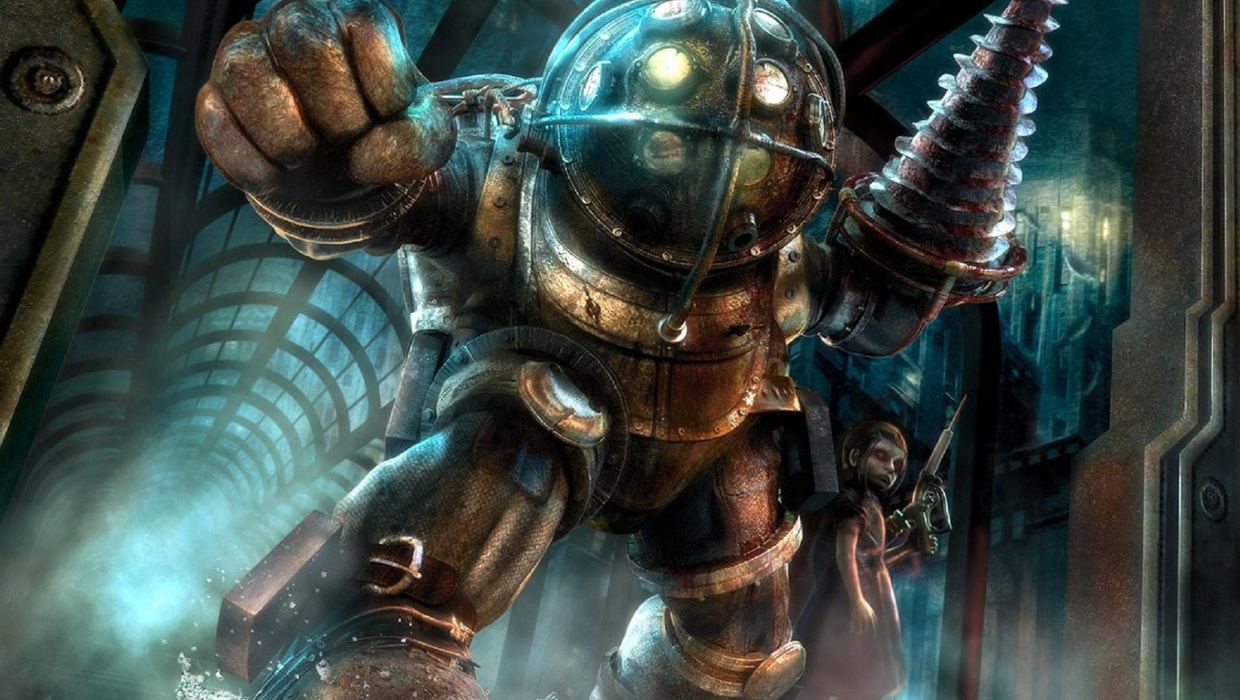
Alright, we'll accept that Big Daddies are genetically enhanced humans whose skin and organs were grafted inside a giant, drill-armed diving suit. But that's still living tissue in there, and that stuff needs some kind of sustenance to function. So... what do Big Daddies eat? And how? Do they hang out in some kind of liquid tank (maybe the Vita-Chambers?) that inject their bodies full of nutrients or something? Do they ever munch on pizza or eat sushi with chopsticks? Probably not, but that would be pretty funny to watch.
Why do people record their daily thoughts on multiple audio logs, then leave them for others to find?
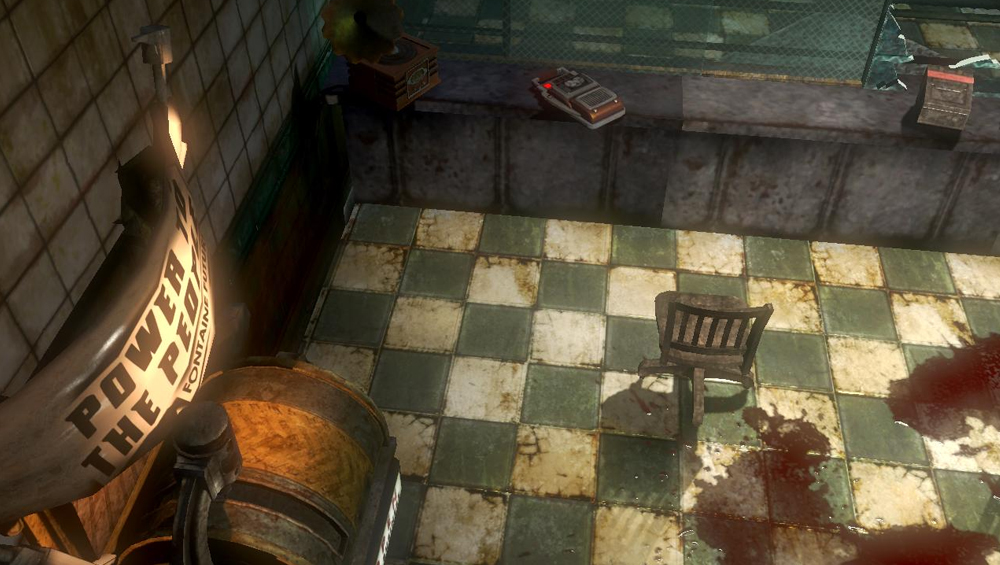
Maybe the citizens of Rapture were so non-conformist that they were like, "screw journals," and decided to record all of their personal musings with digital recorders. Fine, that's cool--some people do that in real life. But you know what people don't do? Buy a new voice recorder every time they feel the need to spill their thoughts. Even more perplexing is the fact that the fine folks of Rapture place their recorders throughout the city, like they're prepping for a good 'ol fashioned diary scavenger hunt.
How much did it cost to build Rapture?
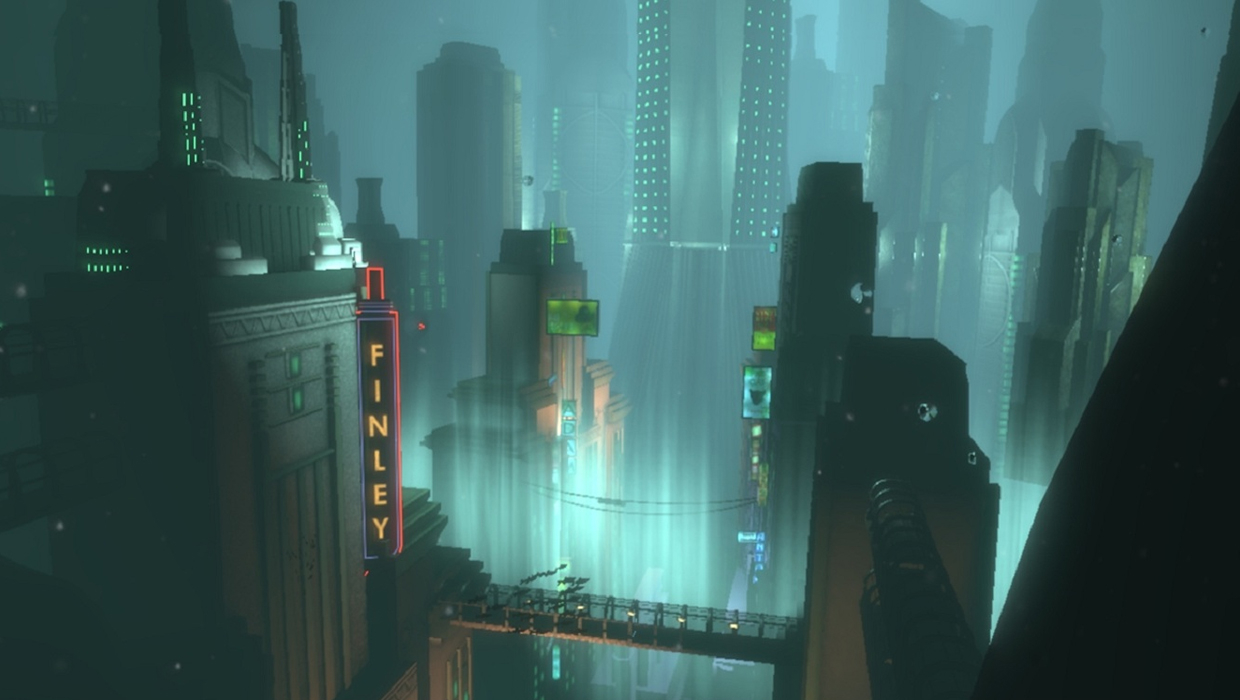
How much does it cost to build a giant, self-sustaining city? Who knows, but let's speculate that it costs many billions of dollars. Now let's multiply that factor a bit to accommodate for the increased costs of building such a city in the middle of the Atlantic Ocean. We're talking trillions of dollars at this point--especially considering every single building would need to be fitted with materials that can withstand oceanic water pressure. Now, we know Andrew Ryan amassed quite the fortune in his pre-Rapture days, but he couldn't have funded the entire project himself. Even with venture capital supplied by the folks who would eventually become "Rapture's brightest," such a city would cost astronomical sums of money to construct.
How does Rapture avoid the destructive effects of plate tectonics?
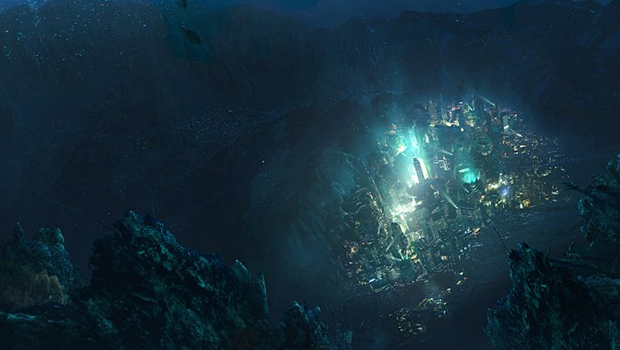
A city built on the floor of the Atlantic Ocean is bound to face a multitude of problems--especially one as close in proximity to the Mid-Atlantic Ridge as Rapture. You see, that particular ridge is a divergent boundary between two Earth's plates. Meaning, new crustal material is constantly produced (albeit at a pretty slow rate) at the point where the ridge is formed. Basically, Rapture was built upon a slow-moving conveyer belt of underwater land, which is probably prone to earthquakes and the like thanks to its ever-shifting nature. Of course, all land is essentially a slow-moving conveyor belt (that's why we have multiple continents instead of Pangaea in the first place), but unless you live in along a fault line, you probably won't notice the effects of plate tectonics on a day-to-day basis.
Sign up to the GamesRadar+ Newsletter
Weekly digests, tales from the communities you love, and more
Why build underwater skyscrapers? Surely there's a more feasible design for an underwater city?
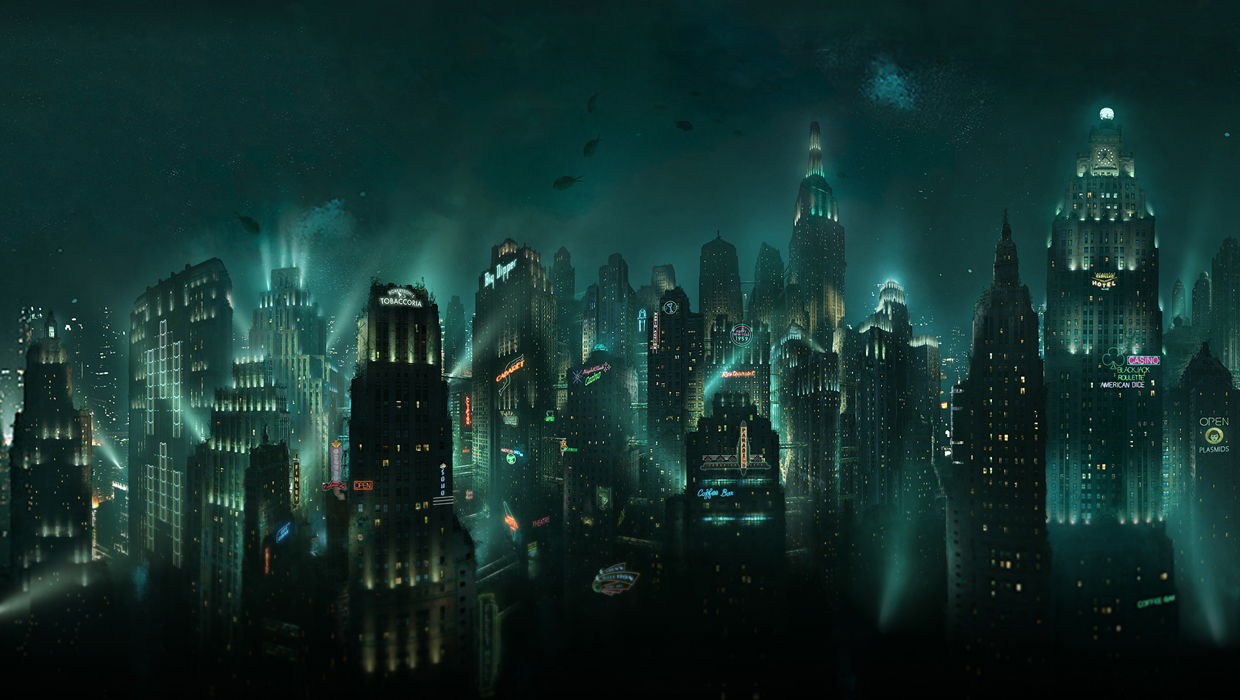
Disclaimer: We're not engineers. That being said, we're fairly certain that regular skyscraper building designs would fare rather poorly against the underwater currents and immense pressure of the deep Atlantic. Just saying.
How can steam power turrets and Security Bots?
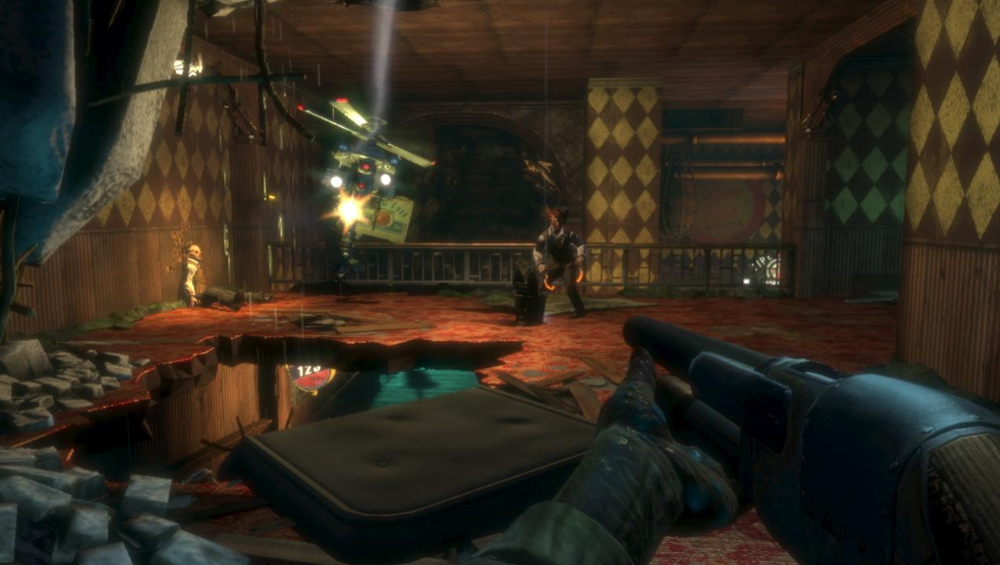
For real. We get that steam can power locomotion--steam engines are a perfect example. But how does that kind of tech power devices, such as turrets or Security Bots, that require complex processes like movement, targeting, and firing? Those devices would need some kind of circuitry to achieve such feats, and we're not so sure steam mixes very well with electronics.
Sky-bound

These are some of our biggest questions regarding the underwater civilization of Rapture--but we're curious: What things have you always wondered? Let us know in the comments below.
And if you're looking for more, check out questions we've always had about Gears of War and questions we've always had about the Mario universe.
Ryan was once the Executive Editor of GamesRadar, before moving into the world of games development. He worked as a Brand Manager at EA, and then at Bethesda Softworks, before moving to 2K. He briefly went back to EA and is now the Director of Global Marketing Strategy at 2K.



